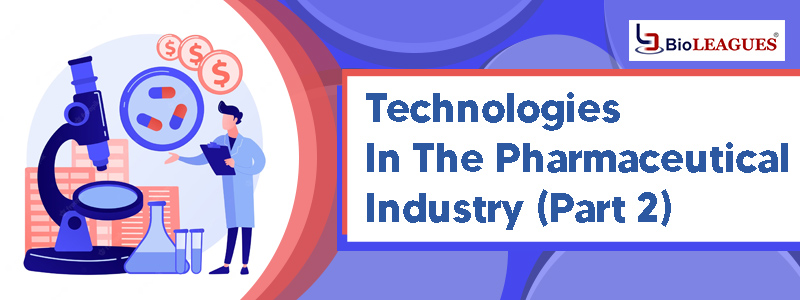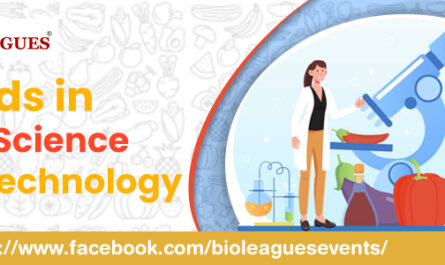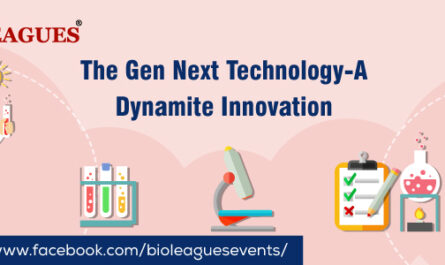Pharmaceutical Nanotechnology & Development
Nanotechnology is a newly-adopted approach to problem-solving and can be seen as a means of innovation in the pharmaceutical industry. The application of nanotechnology tools to pharmaceutical R&D has the potential to shift the industry from the “hit drug” model to “personalized medicine”. There are numerous enthralling applications in the pharmaceutical industry where inexpensive nanotechnology tools can be used.
The introduction of nanoscience and nanotechnology, involving the innovation and application of tools at the nanoscale, has had a major impact on a number of industries particularly the pharmaceutical industry. Just as recombinant technology and biotechnology have changed the landscape of the pharmaceutical industry; nanotechnology is poised to elevate the pharmaceutical industry, which now stands at a crossroads, to new levels. However, unlike the biotech industry which has mainly influenced the pharmaceutical industry, nanotechnology has broader applications and therefore nanotechnology tools and materials developed for other industries also have potential opportunities in the pharmaceutical industry. Additionally, there is a popular perception that nanotechnology tools are fascinating, too futuristic, disruptive, and not suitable for the accelerated commercialization of products. This notion is far from true as it is shown that nanotechnology tools add value to existing products for existing markets and open up opportunities in new markets. This is valid not just for the pharma sector but for other industries as well. However, what is clearly lacking is a model for sorting out the plethora of nanotechnology tools that exist and strategically correlate with potential opportunities in different segments of pharmaceutical research and development.
In addition, there is going to be a paradigm shift in the pharmaceutical industry towards personalized medicine as a new standard of care integrating therapeutics and diagnostics. It is consequently crucial to come up with a more scientific means for the strategic implementation of nanotechnology techniques in the pharmaceutical industry. Desperately looking for a Pharmaceutical journal publication opportunity to get your research on Nanotechnological applications for the pharma sector? Register for this upcoming event, immediately.
Pharmaceutical Formulations & Medicine
Pharmaceutical formulation is the multistep process in which the active drug is mixed with all the other components taking into account the factors of particle size, polymorphism, pH and solubility and becomes the final beneficial drug. The advantages and constraints of active pharmaceutical ingredients (APIs), valuable excipients, associated interactions and manufacturing process are the four basic components for a successful pharmaceutical formulation. The formulation often works in a way that includes different dosage forms. The dosage model is the drug product marketed for application with a distinct blend of active elements and inactive ingredients. It must be a particular configuration (e.g. capsule shell) and divided into a particular dose.
Pharmaceutical formulation is the formation of a pharmaceutical product, including the chemical properties of a drug, its formulation, and the details of the treatment protocol to be implemented in the clinical application. There are currently tens of thousands of drug formulations available on the market for clinicians to prescribe and for patients to use. Each of these pharmaceutical formulations has spent a great deal of time and money producing the combination drugs in order to understand how they work and test their effectiveness. It is known that the developed drugs interact with many proteins in the human body, and only a handful of these proteins are the targets of the developed drugs. Get your research on formations published in a renowned Scopus indexed journal by registering for this amazing pharma conference, now!
Pharmaceutical Analysis & Quality Assurance
Within the pharmaceutical industry, quality management involves the aspect of the management function which identifies and executes the “quality policy”, that is the overall intention and direction of an organization with respect to quality, such as formally expressed and authorized by decision takers. The fundamental elements of
Quality management in the pharma sector include –
- A suitable foundation or quality system, comprising the organizational structure, methods, methods, and support;
- The methodical procedures required to ensure adequate confidence that a product (or service) will meet the given quality requirements.
All of these actions are referred to as ‘quality assurance’. Quality assurance in any organization serves as a convenient management mechanism. In contractual scenarios, quality assurance also serves to build trust with suppliers. The ideas of quality assurance, GMP, and quality control are all correlated parts of quality management. They play an important part in the production and quality control of pharmaceuticals.
Quality assurance is a comprehensive subject encompassing all issues that independently or collectively influence the quality of a product. It is the set of measures taken to ensure that pharmaceutical products are of the quality required for the use for which they are intended. Quality assurance, consequently, includes GMP and other factors, such as product design and development.
The upcoming pharma technology conference 2025, which is set to take place shortly, is a must-attend if you want to gain essential know-how about quality assurance and management in the pharma sector.
Pharmaceutical Biotechnology
Pharmaceutical biotechnology is a comparatively new and developing discipline in which the principles of biotechnology are applied to drug development. The vast majority of pharmaceutical drugs available on the market today are bio formulations, such as antibodies, nucleic acid products, and vaccines. These bio formulations are developed in the following stages –
- first by understanding the underlying reasons behind ill health and diseases;
- comprehending the basic molecular mechanisms governing the function of related biomolecules;
- carrying out the synthesis and purification of molecules;
- determining the shelf life, stability, toxicity and immunogenicity of the product;
- deciding upon the most appropriate drug delivery systems;
- patenting; and
- Finally clinical trials.
Seeking pharmaceutical journal publication opportunities? Save yourself a seat at this upcoming event and gain all these opportunities and more.
Inhalation Drugs
Inhalation is also an area of focus for formulation development today. In particular, it is used for the local treatment of respiratory diseases such as asthma and chronic obstructive pulmonary disease.
- Combined Products
The growing market for fixed-dose combination drug (FDC) products that contain two or more APIs is also shaping innovation in formulation development.
- Modified-Release Formulations
The demand for modified-release drugs is also having an impact on formulation development. Modified-release products can reach a sustained concentration in the blood plasma and have reduced toxicity.
- Deterrence Of Abuse
Rising concerns regarding the misuse of prescription drugs, particularly opioids, are also influencing formulation development.
- Pediatric Formulations
Children have different drug needs. They need lower doses and young children are not able to swallow tablets or capsules.
- Large Molecule Drugs
The shift in focus of the pharmaceutical industry from small molecule products to large molecule products synthesized in biological systems is also influencing formulation development.
Participating in this highly-anticipated pharmaceutical formulation conference is sure to get you up-to-speed with all the developments in this area of pharmaceutical drug manufacturing and production.
Formulation Technologies
One of the objectives of any pharmaceutical formulation project is to come up with formulations in which the API (active pharmaceutical ingredient) is sufficiently bioavailable to have the desired therapeutic effect. This is a primary area of focus for formulators due to the interest of the pharmaceutical industry in turning poorly soluble compounds into products. Nevertheless, while the proper bioavailability of API remains the main driver of innovations in formulation development, other factors are increasingly important.
Patient demand is an increasingly important consideration. Patients want drugs that are convenient to take and safe, forcing the pharmaceutical industry to develop, for example, tablets that combine multiple APIs. Likewise, significant therapeutic benefits, such as longer duration and lower peak plasma levels, can be realized by innovating altered pharmaceutical products by utilizing already prevalent APIs.
Innovations in excipients, as well as advancements in processing and production technologies, also have an impact on formulation development. Demands for safer and more consistent pharmaceuticals are shaping the way formulators approach the creation of new products. Regulatory requirements for safer and more effective products are fueling formulation development, especially in areas such as deterrence of abuse. Detailed below do all the most popular pharmaceutical formation technologies exist in the industry today.




